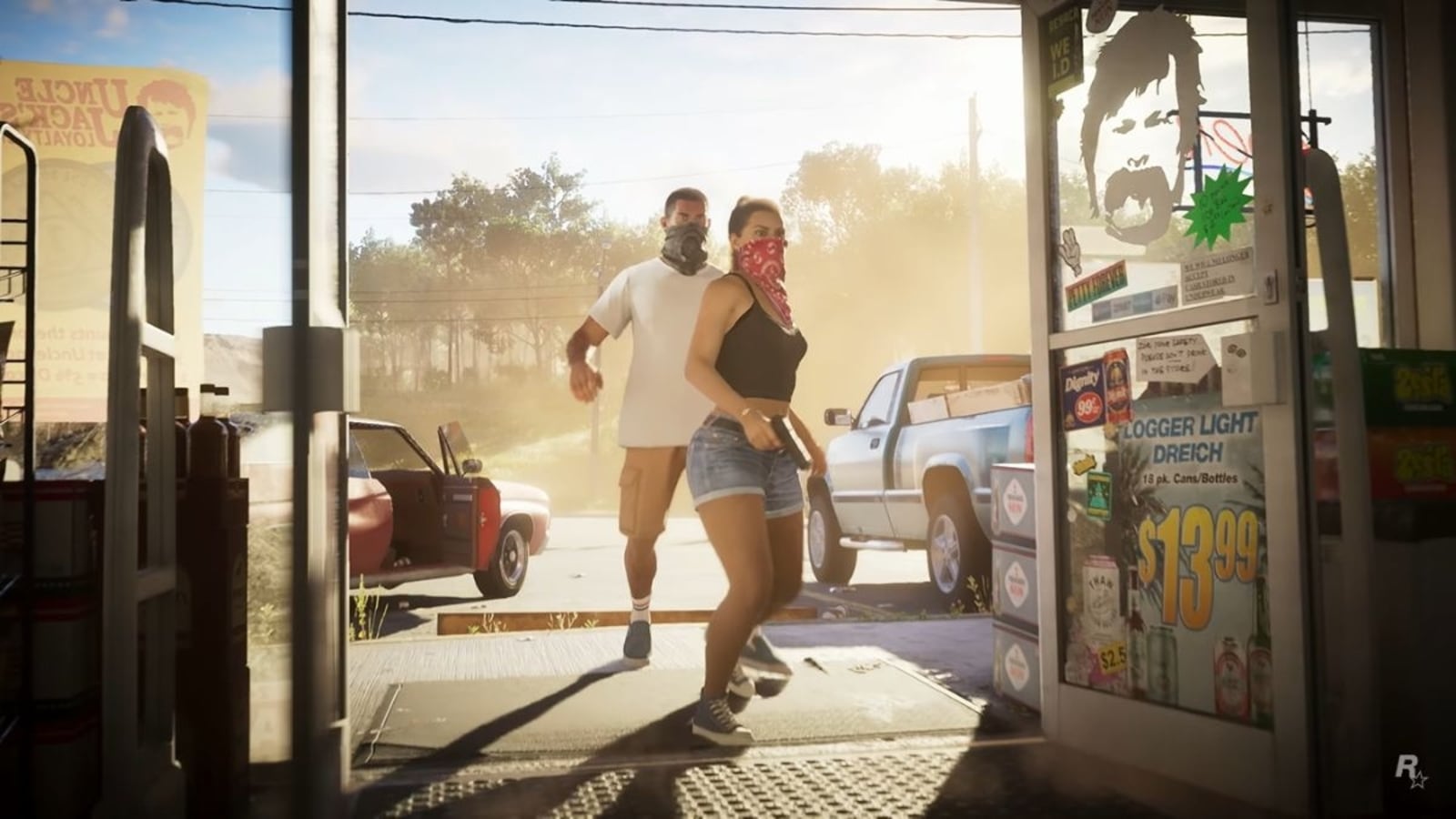It’s Monday. A vibrant center in Oakland has nurtured disabled artists for nearly 50 years. Plus, how California became America’s contemporary music capital.
The art world has opened up in recent years to women, people of color and Indigenous artists — groups that had not often gained fair recognition from mainstream museums and collectors.
Now another long-sidelined group, disabled artists, is finding the spotlight.
Museums and collectors are showing interest in works by developmentally and intellectually challenged artists: A major show is planned for April at the San Francisco Museum of Modern Art, and many of these artists’ works can already be found at the Pompidou Center in Paris, the National Gallery of Art in Washington and the Museum of Modern Art in New York.
Many of these artists were nurtured in California, at a vibrant center in Oakland that has been around for nearly half a century.
Michael Janofsky wrote in The New York Times about the growing inclusion of disabled artists in exhibitions around the country, and visited the center, Creative Growth, where many of them got their start. A nonprofit organization, Creative Growth was founded in 1974 by Elias Katz, a Bay Area psychologist, and his wife, Florence Ludins-Katz, an artist who believed that art is a fundamental right and an essential part of human development.
At the center, a converted auto repair shop near downtown, as many as 90 artists may be working on any given day — painting, designing video games, sewing clothes, woodworking and more. The artists generally have no formal training, and create whatever they like with no outside instruction.
Michael told me that he appreciated the brilliance in these pieces. Some, he said, are so wondrous. that they widely sought by major international museums and sell for $50,000 and more. “That’s a real tribute to the artist and the art center that provides the means to create,” he said.
Michael was particularly dazzled by Monica Valentine, whose specialty is decorating various shapes of plastic foam with pins bearing colorful beads. In her work, the pins were always placed in a design pattern that never appeared haphazard or incidental, he said, which was remarkable because Valentine is blind. She told Michael that she distinguishes the bead colors by feeling their temperature.
The growing popularity of these artists’ work is due in part to the way Creative Growth has promoted them. They present the works as valuable for the quality of the art, rather than the characteristics of the artist. That has helped disabled artists move closer to the contemporary art mainstream.
“As they become more visible in galleries and museums, they are following the path of other underrepresented groups, like Indigenous and Black Americans, whose works were first appreciated more for their demographic or ethnic group,” Michael told me. Gradually, their art won recognition for quality, joining exhibitions and collections alongside more traditionally celebrated artists, who were usually white, male, American or European.
“As the years go on, the quality of the art by disabled people will continue to supersede the back story of the artist,” he said.
Where we’re traveling
Today’s tip comes from Jorge Moreno, a spokesman for the State Department of Parks and Recreation. He recommends Point Dume State Beach in Malibu:
“Representing the picturesque appeal of Malibu, this beach and natural area features breathtaking cliffs, headlands and rocky coves. Popular visitor amenities include swimming, surfing, scuba diving and wildlife watching. Though small, the nature preserve within the state beach provides habitat for a surprising amount of wildlife. A visitor may encounter coyotes, skunks, raccoons, ground squirrels and rabbits in broad daylight. The incredible vistas offer an opportunity to view sea lions, harbor seals and dolphins in the surf only a few dozen feet away. The location is also known for filming and has been featured in productions like ‘Iron Man,’ ‘Planet of the Apes’ and ‘Days of Our Lives.’”
Tell us about your favorite places to visit in California. Email your suggestions to CAtoday@nytimes.com. We’ll be sharing more in upcoming editions of the newsletter.
Tell us
Today we’re asking about love: not whom you love but what you love about your corner of California.
Email us a love letter to your California city, neighborhood or region — or to the Golden State as a whole — and we may share it in an upcoming newsletter. You can reach the team at CAtoday@nytimes.com.
And before you go, some good news
A 2,000-year-old monarch redwood tree in Sonoma County, thought to be the tallest in the area, has been saved from logging and other future environmental threats, The San Francisco Chronicle reports.
The 278-foot-high Clar tree has been at the center of a debate over the future of a 400-acre tract of land along the Russian River near Guerneville. The land, owned by a family trust connected to Redwood Empire Sawmill, a timber company, was heavily logged by the company for decades. The giant redwood, known as the Clar tree, is thought to be one of the last survivors from the days before mass logging.
Under a harvest plan approved last year, the land would have been reopened to loggers this year with a 75-foot no-cut zone around the tree, a buffer zone that conservationists worried was too small to fully protect the tree’s sprawling root system.
But through an avalanche of donations, the environmental nonprofit Save the Redwoods League, in partnership with Sonoma County, has been able to raise enough money to buy the wooded parcel this month and protect it from logging for the long term.
“We are setting the stage for nearly 400 acres of redwood forest to heal and become old again,” said Jeff Stump, who works in land protection at Save the Redwoods. “Future generations can experience what was lost so long ago.”

























